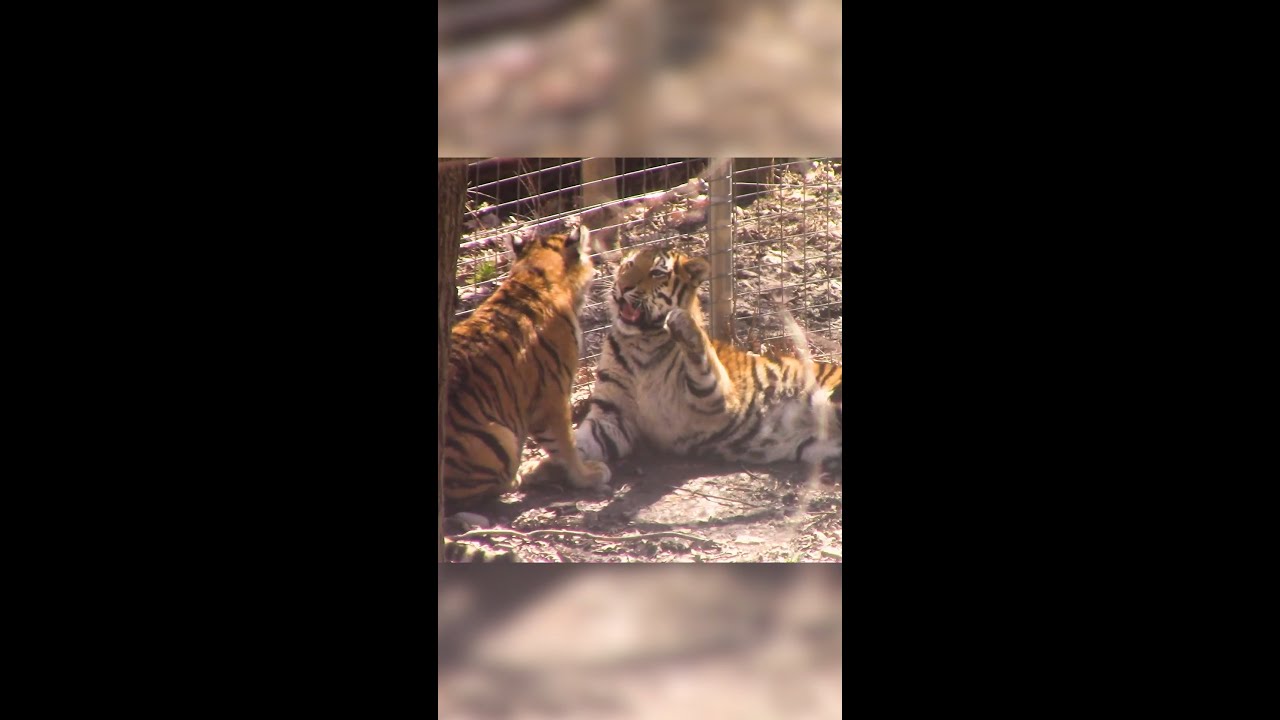– Key factors in the breeding and care of Amur tiger cubs in captivity
– The role of genetics in the conservation of the Amur tiger species
– Challenges and successes in the rewilding and reintroduction of Amur tigers
– The impact of habitat loss on the Amur tiger population and conservation strategies
Understanding the delicate nature of caring for Amur tiger cubs in captivity is vital for zoo management and wildlife preservation efforts. These majestic creatures, native to the remote forests of eastern Russia and parts of China, are an integral focus of global conservation initiatives, given their endangered status. In captivity, the breeding, health, and development of Amur tiger cubs demand rigorous, scientific-based protocols and compassionate, attentive care from zoo professionals.
The genetic diversity of the Amur tiger species holds the key to its survival. With the population facing a bottleneck due to dwindling numbers in the wild, the genetic management of captive populations becomes critical. This involves careful selection in breeding programs to avoid inbreeding and maintain a healthy, genetically diverse captive population that can serve as a potential reservoir for reintroduction initiatives.
The reintroduction of Amur tigers into their natural habitat presents a multifaceted challenge but has seen encouraging successes. These endeavors require a detailed understanding of the animal’s behavior, ecological needs, and habitat capacity to support a new tiger population. Initiatives like the one in the Russian Far East, where rehabilitated Amur tiger cubs are taught hunting skills and gradually acclimated to the wild, highlight the complexity and potential rewards of rewilding efforts.
Habitat loss poses a significant threat to the survival of the Amur tiger. Deforestation, human encroachment, and climate change are reducing this species’ already limited habitat, necessitating proactive conservation strategies. These include habitat restoration, anti-poaching patrols, and creating corridors linking fragmented habitats, allowing for greater genetic exchange among wild populations.
Amur tiger cubs symbolize hope for the future of their species. Their care in captivity, from diet to health monitoring, mimics the natural upbringing they would receive from their mothers in the wild. This includes introducing them to various types of food they would encounter in their natural habitat and ensuring they develop the necessary skills for hunting and survival. Socialization is also critical to their development, teaching them how to interact with their environment and, where possible, with other tigers.
Zoos and conservation centers must focus on creating a genetic lifeboat for the Amur tiger in developing and managing breeding programs. This involves detailed record-keeping, studbook management, and sometimes international cooperation to facilitate the exchange of animals between institutions, all of which aim to enhance genetic diversity.
The process of preparing Amur tiger cubs for rewilding and reintroduction is rigorous. It begins with minimal human contact to prevent imprinting on humans and includes exposure to various natural stimuli and prey. Successes in this arena offer a glimmer of hope, demonstrating that with careful preparation and monitoring, Amur tigers can adapt to life in the wild, contributing to the genetic vitality and overall resilience of the species in its natural habitat.
The battle against habitat loss is waged on several fronts. Engaging local communities in conservation efforts, implementing stronger legal protections for forests, and promoting sustainable land-use practices are all crucial. Satellite monitoring and anti-poaching technology also play roles in these comprehensive strategies. The aim is to secure a future for the Amur tiger and the entire ecosystem upon which it depends.
In conclusion, the conservation of Amur tiger cubs and their successful breeding and rewilding presents profound challenges and incredible opportunities. Through the dedicated efforts of conservationists, scientists, and wildlife managers, there’s hope for this magnificent species’ future. These endeavors underscore the importance of scientific knowledge, global cooperation, and the unyielding resolve required to preserve one of nature’s most iconic predators. Through continued vigilance and adaptive management, the roar of the Amur tiger can continue to echo through the forests of eastern Asia for generations to come.
*****
Source Description
Coba started it. 🐅
#Tigers #TigerCubs #AmurTiger #Syracusezoo #Syracuse #CNY #OnondagaCounty #OnondagaCountyParks

